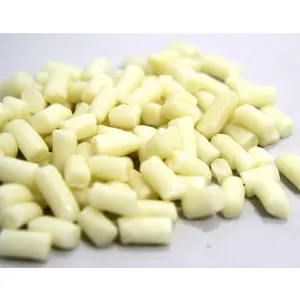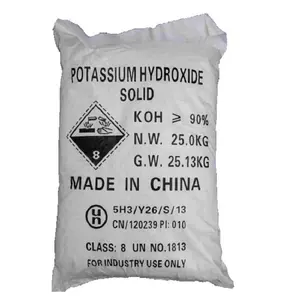Popular in your industry


























































Related Searches:









































































































































Top categories
About liquid nitric acid
Understanding Liquid Nitric Acid
Liquid nitric acid, often denoted as HNO3 liquid, is a highly reactive and corrosive substance widely used in various industrial processes. This colorless to yellowish liquid is known for its oxidizing properties and plays a crucial role in the production of fertilizers, explosives, and other chemicals.
Types and Concentrations
There are several types of liquid nitric acid based on concentration and purity levels. The concentration of nitric acid liquid can range from dilute solutions to highly concentrated forms, commonly referred to as fuming nitric acid. Each type serves specific industrial needs, with careful consideration given to the handling and storage due to its corrosive nature.
Applications of Nitric Acid
The applications of nitric acid liquid are diverse. It is essential in the manufacturing of ammonium nitrate for fertilizers, as well as in the production of explosives like TNT. Additionally, liquid nitric acid is used in metal processing for etching and cleaning, and in organic synthesis as a nitration agent.
Features and Handling
Corrosive liquid HNO3 is characterized by its ability to react with metals, organic compounds, and even skin. Handling requires strict safety measures, including the use of protective equipment and proper ventilation. Despite its hazardous nature, its reactivity is invaluable in many chemical reactions and processes.
Material Compatibility and Storage
When storing liquid nitric acid, material compatibility is paramount. Containers and tanks must resist the acid's corrosive effects. Materials such as stainless steel or certain plastics are typically used to ensure safe storage and minimize the risk of containment failure.
Advantages of Nitric Acid in Industry
The use of HNO3 liquid in industry offers several advantages. Its strong oxidizing properties make it a versatile reagent in chemical synthesis. Moreover, its role in producing fertilizers contributes significantly to the agricultural sector, supporting crop growth and food production.


























































